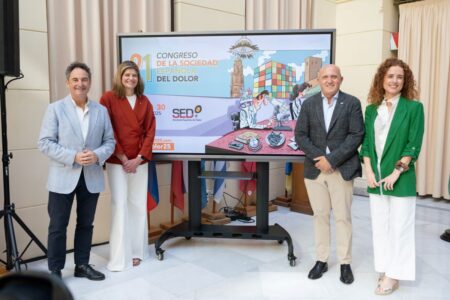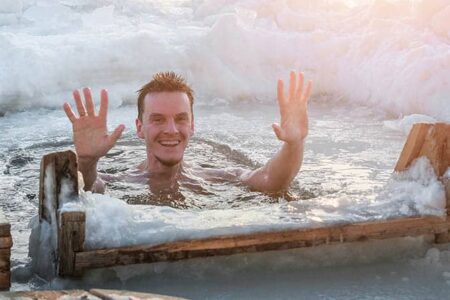Each 6 April, the world commemorates the International Day of Sport for Development and Peacea UN initiative that since 2013 has highlighted its ability to promote values such as inclusion, health and social cohesion. Within this framework, paddle tennis emerges as an emblematic sport: its combination of accessibility, social dynamism and physical benefits has made it a key tool for promoting healthy habits and strengthening communities.
Originating in Mexico during the 1960s, this racket sport has crossed borders to become a global phenomenon. Its evolution is astonishing: from being practised in less than 50 countries five years ago, today it is present in more than 140 nations, with an exponential growth in infrastructure. According to recent data, the number of courts has grown from 21,000 in 2018 to more than 70,000 projected for 2025, while the number of players exceeds 25 million and clubs total 23,000 worldwide.
Spain leads the padel revolutionThe International Padel Federation (FIP) estimates that there will be almost 4 million players and 17,000 courts registered by the end of 2024. It is followed by Italy (9,700 courts) and Argentina (7,000), the latter as a reference in America. Also noteworthy is the growing female participation, which already represents 40% of new players in Spanish territory, promoting an unprecedented diversification.
The economic impact is equally remarkable. The Global Padel Report 2023 The market is expected to reach 6 billion euros by 2026with Spain at the forefront thanks to companies such as Padel Nuestrowhich had a turnover of 58 million in 2024 and projects 80 million by 2025.
More than a sport: a social catalyst
The essence of paddle tennis lies in its ability to unite. Played in pairs, it encourages cooperation and teamwork, creating communities around the courts. Its flexibility - with no age or level requirements - makes it ideal for reconnecting families, friends or work colleagues in urban environments, where it has become popular as a post-work activity.
Javier García, head of communications at Pādel Nuestro, defines it as a "intergenerational sport that knows no boundaries".highlighting its versatility to suit beginners through to professionals. This accessibility has prompted brands to develop segmented equipment, from basic paddles to high competition, along with clothing and footwear for all ages, including children.
With a projection that aims to be included in the Olympic Games, paddle tennis transcends fashion: it is a movement that combines physical exercise, fun and bond building. Have you already tried its social revolution?






